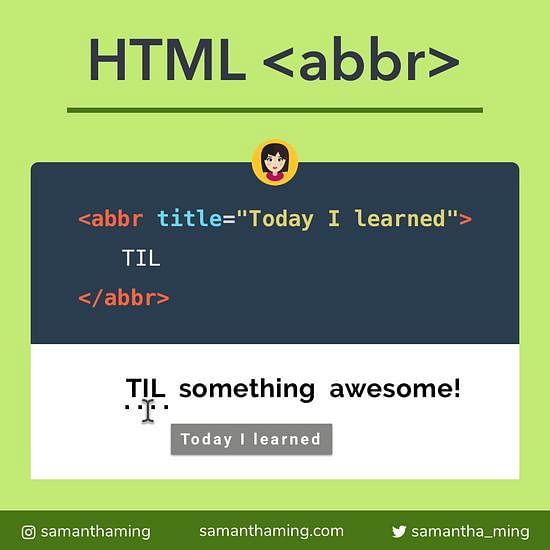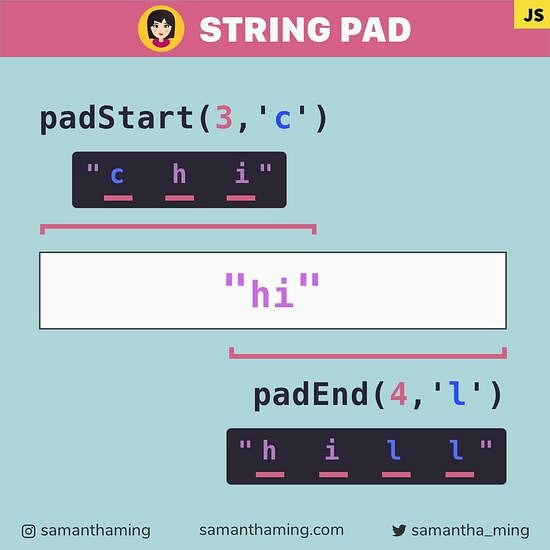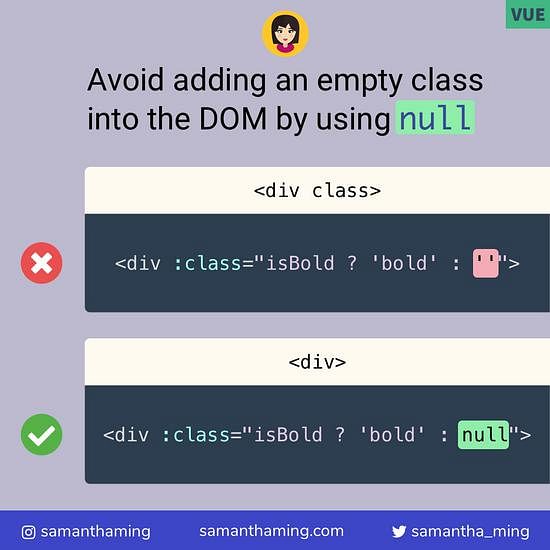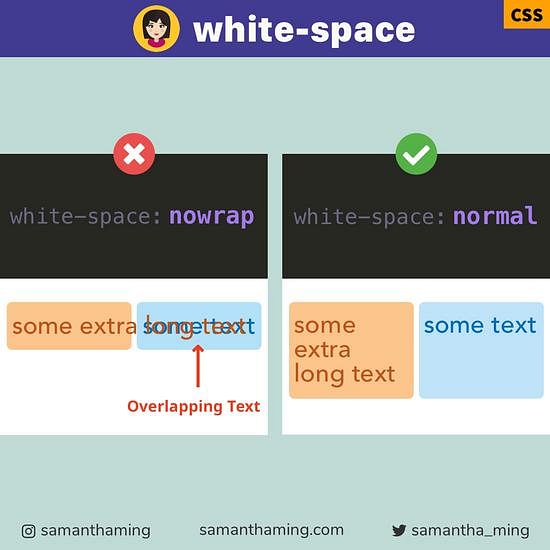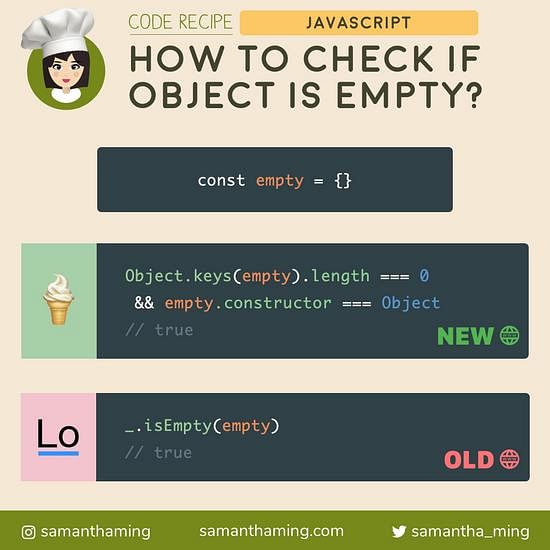# Flatten Array using Array.flat() in JavaScript
It was always complicated to flatten an array in #JavaScript. Not anymore! ES2019 introduced a new method that flattens arrays. And there's a "depth" parameter, so you can pass in ANY levels of nesting. AMAZING 🤩
const nested = [['📦', '📦'], ['📦']];
const flattened = nested.flat();
console.log(flattened);
// ['📦', '📦', '📦']
# Setting depth parameter
Here's the syntax for this method:
array.flat(<depth>);
By default, flat() will only flatten one layer deep. In other words, depth is 1.
array.flat();
// Same as
array.flat(1);
# Deeper Nested Arrays
The great thing is that this method also works beyond 1 level deep. You simply have to set the appropriate depth parameter to flatten deeper nested arrays.
const twoLevelsDeep = [[1, [2, 2], 1]];
// depth = 1
twoLevelsDeep.flat();
// [1, [2, 2], 1]
// depth = 2
twoLevelsDeep.flat(2);
// [1, 2, 2, 1]
# Infinitely Nested Arrays
Let's say, you want to go infinitely deep. Not a problem, we can do that too. Just pass Infinity.
const veryDeep = [[1, [2, 2, [3, [4, [5, [6]]]]], 1]];
veryDeep.flat(Infinity);
// [1, 2, 2, 3, 4, 5, 6, 1]
# Array with Empty Slots
One other cool thing that flat() can do is remove empty slots in an array.
const missingNumbers = [1, , 3, , 5];
missingNumbers.flat();
// [1, 3, 5];
# Browser Support
flat is a super new feature introduced in ES2019, so forget Internet Explorer or Edge. But no surprise there 😅
| Browser | |
|---|---|
| Chrome | ✅ |
| Firefox | ✅ |
| Safari | ✅ |
| Edge | ✅ |
| Internet Explorer | ❌ |
# Alternative Solution
Since support is not great. Here are some alternative solutions.
# ES6 Solution
Here is a ES6 solution. This only work for one level nested array.
const oneLevelDeep = [[1, 2], [3]];
const flattened = [].concat(...oneLevelDeep);
// [1, 2, 3,]
# Older Browser Solution
Here's one for older browser and pre ES6. Again, this only works for one level nested array.
const oneLevelDeep = [[1, 2], [3]];
const flattened = [].concat.apply([], oneLevelDeep);
// [1, 2, 3,]
# Recursion
For arrays with deeper nesting, you can use recursion. Here's the solution from MDN web docs:
var arr1 = [1, 2, 3, [1, 2, 3, 4, [2, 3, 4]]];
function flattenDeep(arr1) {
return arr1.reduce(
(acc, val) =>
Array.isArray(val) ? acc.concat(flattenDeep(val)) : acc.concat(val),
[],
);
}
flattenDeep(arr1); // [1, 2, 3, 1, 2, 3, 4, 2, 3, 4]
# Community Input
@willvincent: Worth noting though, flat() doesn't remove nulls, just literal empty slots.
foo = [1, 4, null, true, false, , 'apple']; // [1, 4, null, true, false, <1 empty item> ,'apple']
foo.flat(); // [1, 4, null, true, false, ,'apple']
foo.filter(i => i); // [1, 4, true, 'apple']
Q: Syntactic sugar for just .filter(elem => elem !== undefined), I guess?
- @bradkovach: Not syntactic sugar. Flat is for collapsing multi-dimensional arrays.
[1,2,3, [4,5,6], 789].flat()becomes[1,2,3,4,5,6,7,8,9]
Removing undefined indices is a side effect of the flattening process.
Q: Does flat() preserve the index numbering?
- @bradkovach: It’s for flattening nested arrays to a specified depth. Removing empty indices is a side effect of the flattening process.
💬 Got any interesting use cases of Array.flat()?
@hocine_abdellatif: A little far use case but probably worth mentioning, in machine learning if you have for example an array of generations, each generation is an array of students, if you want to have every student from every generation,this method will be very practical.
@devjacks: I wrote a code test with a problem like this a few weeks ago. This would have made my life so much easier! 😂
// Please write a function to search for 213
function search(needle, haystack) {}
const haystack = [1, 4, [5, 6, 7, [8, 18, [34, 177, [98, [210, [213]]]]]]];
const needle = 213;
